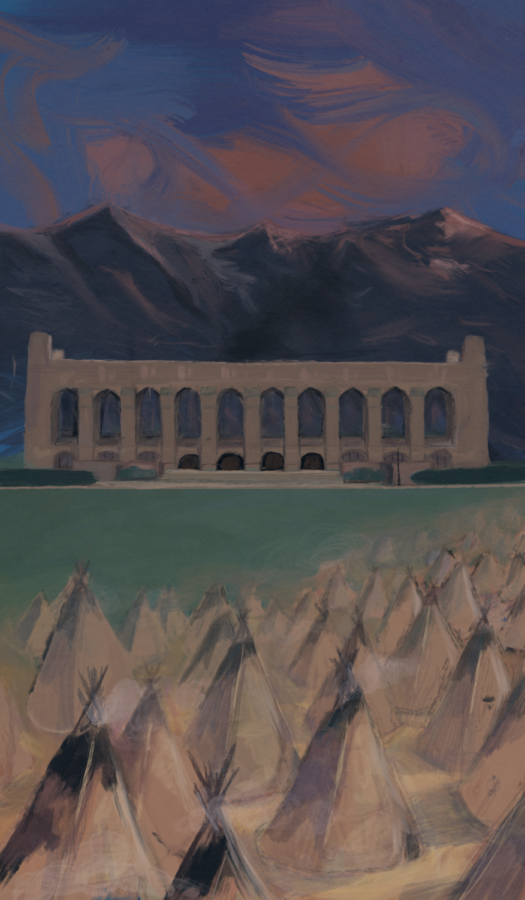
Right as the sun broke on November 29th, 1864, 700 volunteer soldiers entered sacred land in Fort Lyon, Colorado. Home to the Cheyenne and Arapaho,...
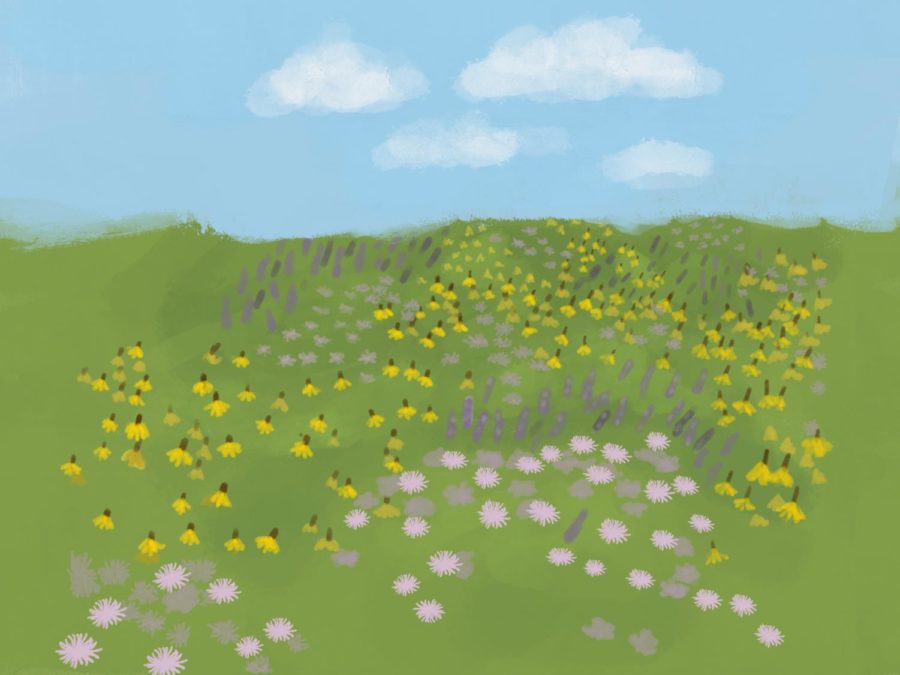
Meg Houseworth, Executive Editor • February 27, 2023
Before we begin this issue, we feel a responsibility to acknowledge the Native folks who continue to cultivate their humanity despite the persistent...
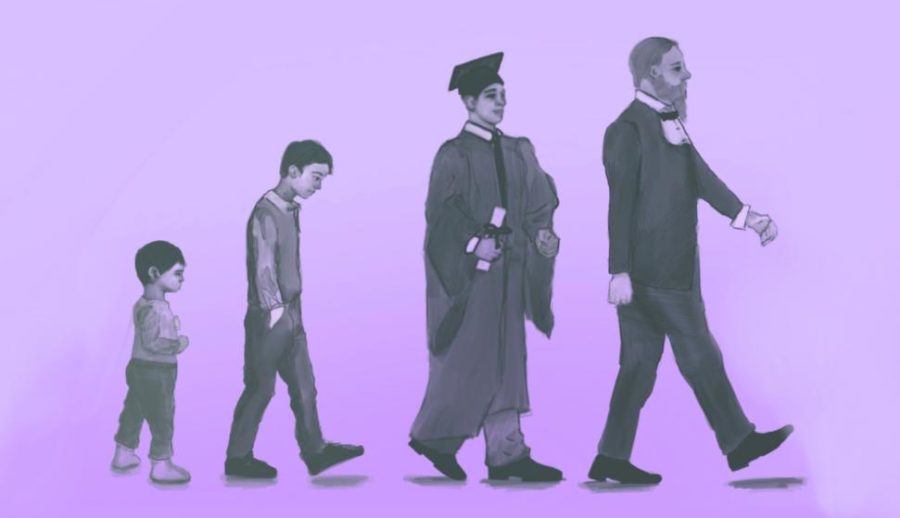
As John Evans lay dying in his Denver home on July 3, 1897, around 173 miles from the site of the Sand Creek Massacre, his life flashed before his weary eyes. Evans, the territorial governor of Colorado at the time of the massacre, had stated in prior interviews he bore no regrets for the tragedy that had resulted from his blinding enterprise. Born in Waynesville, Ohio, Evans had come a long way from home.
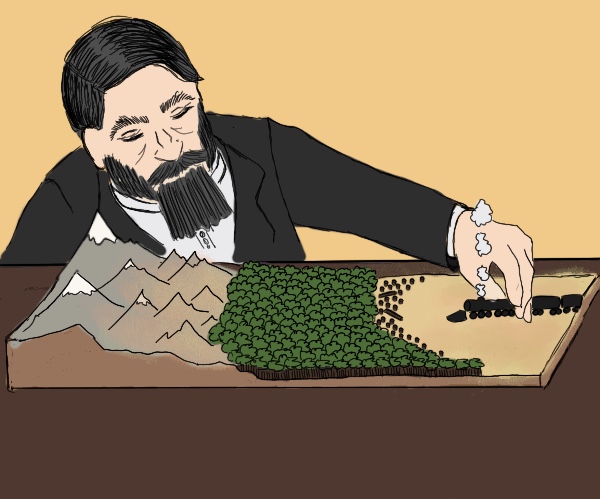
Abraham Lincoln appointed John Evans as the territorial governor of Colorado in 1862. At the time, the Confederate South was overwhelmingly Democratic; the Union North, Republican. In the event that Colorado gained enough population to become a state, Evans knew that the industrialization, urbanization and modernization would essentially guarantee the state to become a Republican stronghold—with him at the top of the list of potential senators for the territory-turned-state.
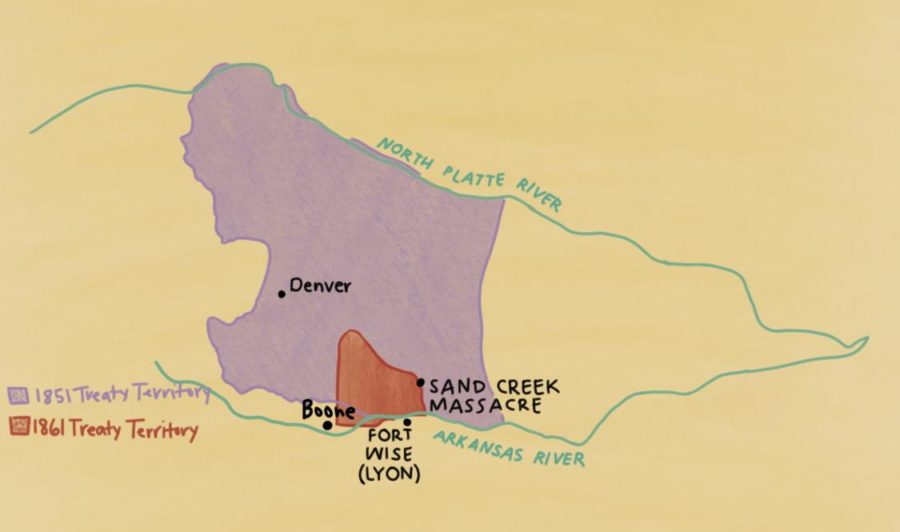
On Nov. 29, 1864, when the sun had just begun inching above the horizon, the rumbling sound of approaching hooves abruptly awoke the sleeping tribes. A few village patrons presumptively celebrated at what appeared to be buffalo in the distance. However, the truth of what lay in the distance that morning was far from the hopeful symbol of buffalo and instead grew to be one of the most gruesome and inhumane massacres in American history.
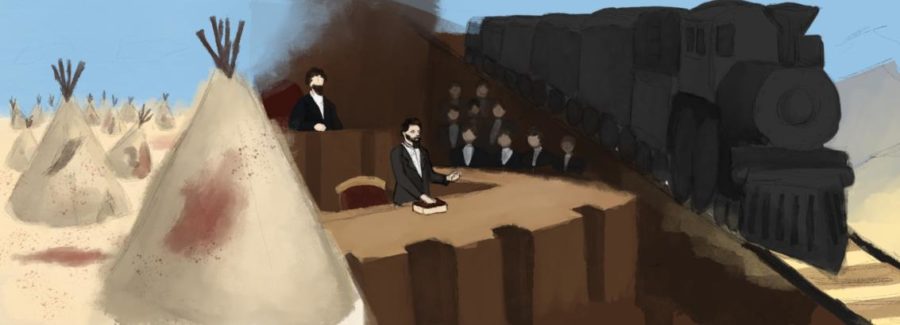
Although we now know it as the Sand Creek Massacre, for over a century the events of Nov. 28 were called a “battle.” The men who are now condemned as murderers were—in many cases —celebrated and revered. Despite the graphically disturbing testimonies of soldiers, and the eventual congressional investigation which led to the resignation from the governorship of John Evans’, the territorial governor at the time, the prevailing narrative in Colorado was one of brave American troops warding off dangerous Natives.
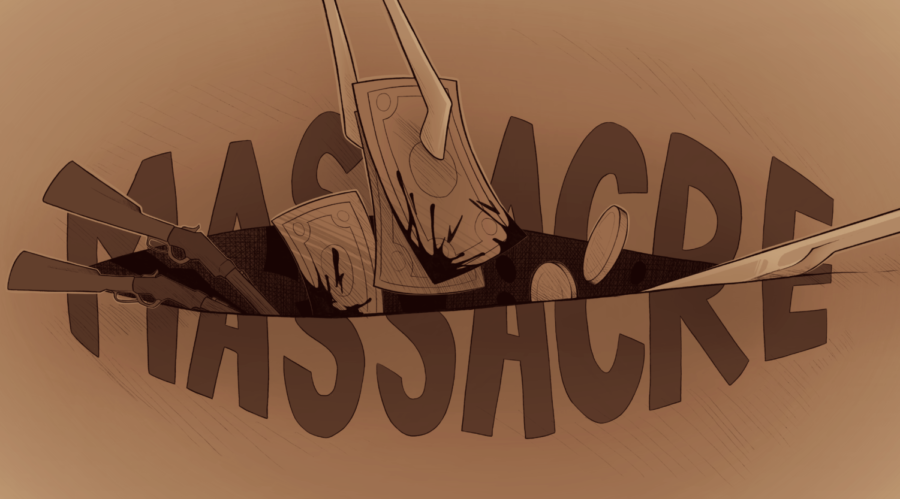
Violence on the basis of race has repeatedly happened throughout American history because racism is embedded into the fabric of the United States. From the first injustice against Native Americans to modern day, these factors of a massacre have sparked suffering throughout history that continue to affect Indigenous groups. Massacres are not defined by the murderous rampages of a single instance, but the massacre of culture and freedom that Native Americans had cultivated for centuries prior.
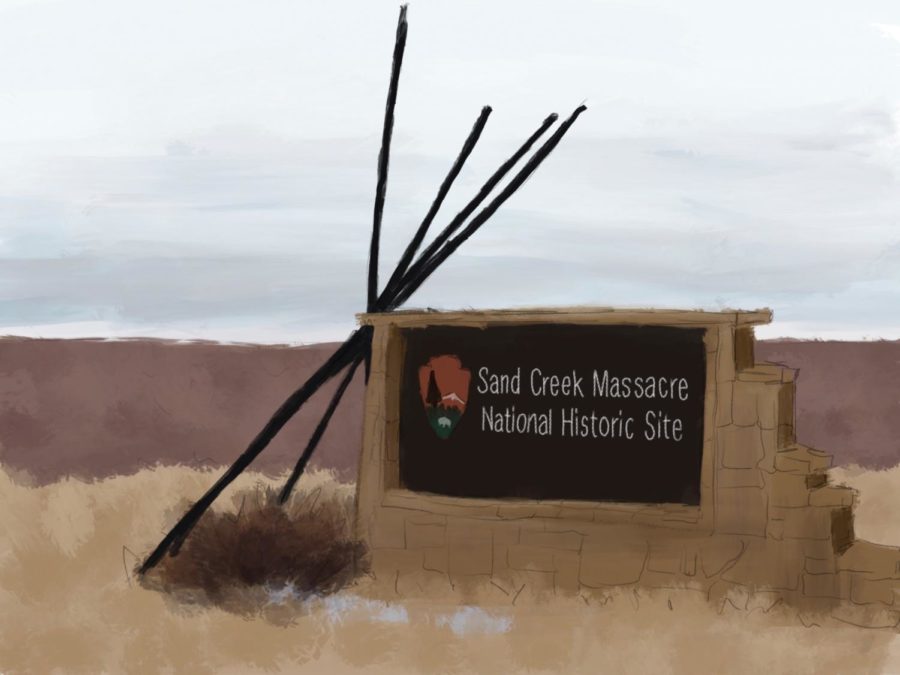
After 149 years of oppression and ignorance from the government, Colorado Senator Ben Nighthorse Campbell, the first Native American to ever serve in Congress, created a bill in hopes of preserving the site and Sand Creek.
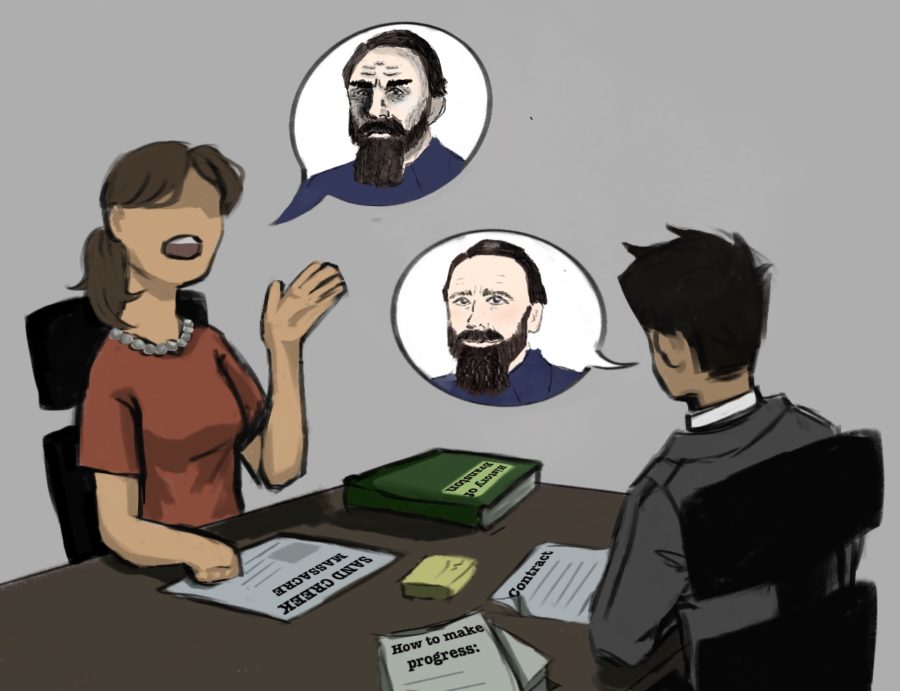
In May 2014, Northwestern University released the “Report of the John Evans Study Committee,” a comprehensive, 114 page document detailing John Evans’ involvement in the Sand Creek Massacre. The central question explored: was Evans’ financial support for Northwestern attributable to his practices towards Native Americans as territorial governor? The committee consisted of nine social science professors, four from Northwestern and four from outside the university. Nearly a decade after the report’s release, however, Northwestern is facing criticism for the ethical reasons behind the committee's formation.
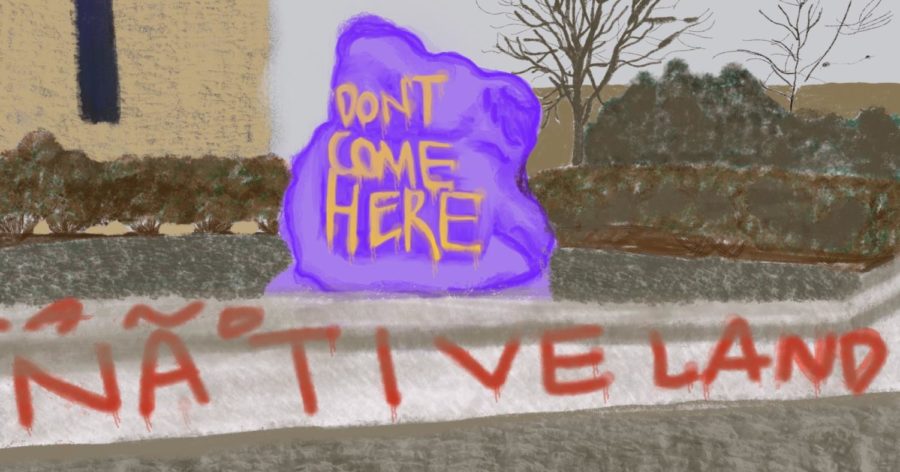
Like any American college town, Evanston is a reflection of the university it houses, with Northwestern significantly impacting economic, social and residential development within the community. While Northwestern and Evanston share similar values and priorities, they also share a history of Indigenous erasure, in part, because of both establishments’ direct connections to John Evans.

